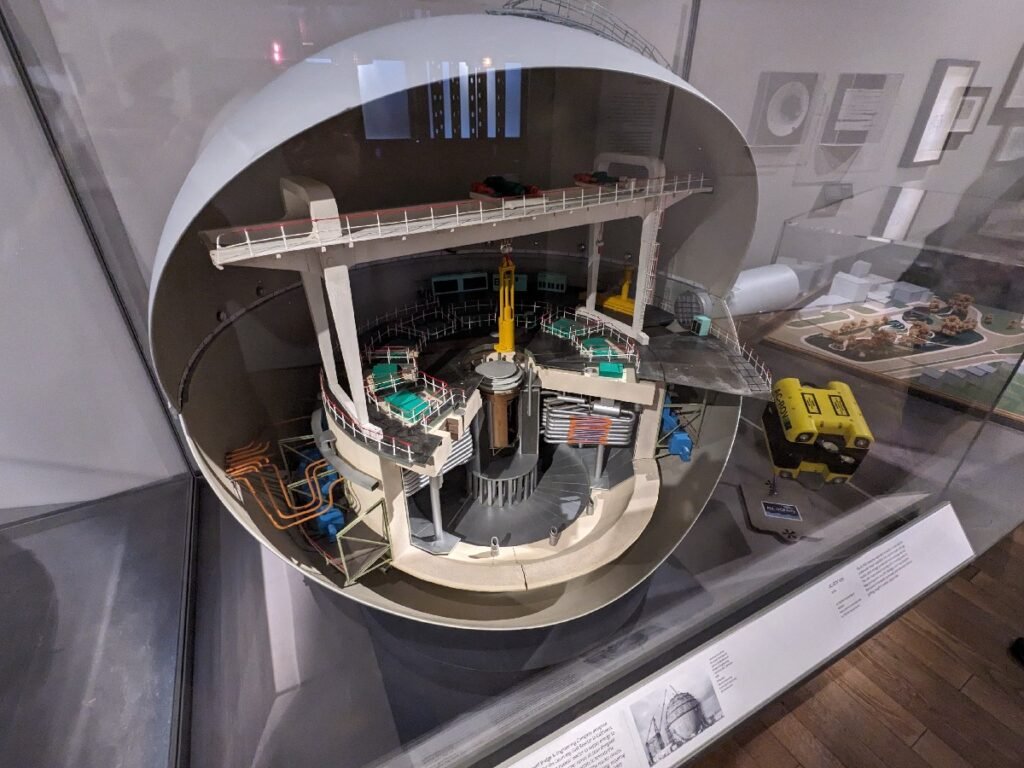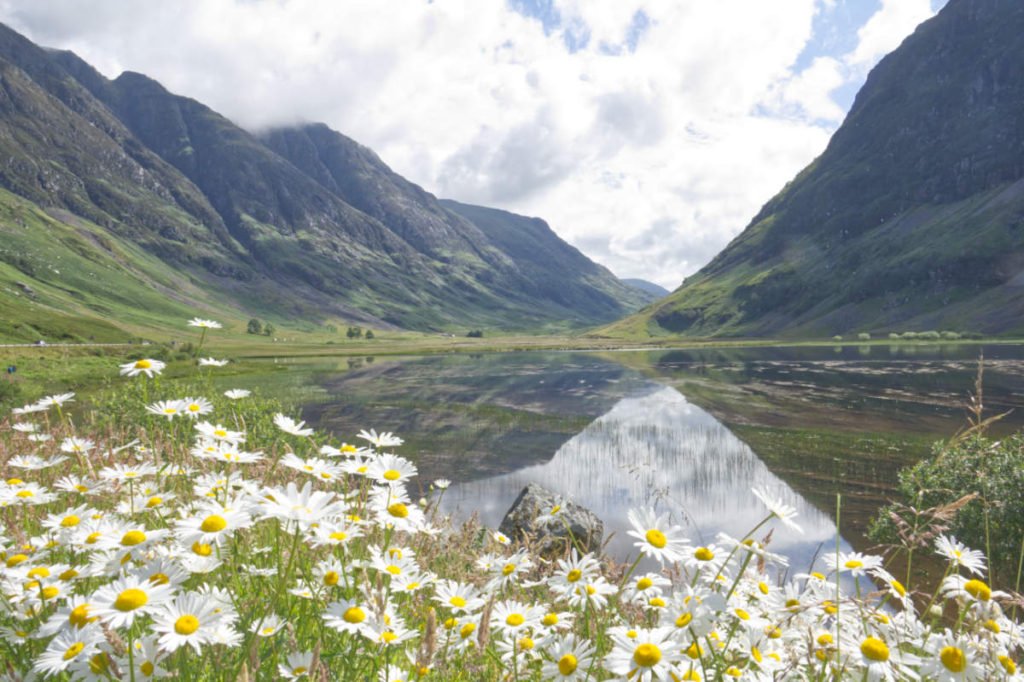On this day in 1555
John Knox is appointed minister in Geneva
John Knox founded the Presbyterian Church of Scotland and was a leading figure in the reformation. Although born in East Lothian, he spent many years outside of Scotland, first as a French prisoner, later as an exile in England, and then as a traveller in Switzerland and Germany.
While in Geneva, he met John Calvin, the founder of Calvinism, a branch of Protestantism that considers God’s power to be superior to all others – even that of the monarch.
Knox imprisoned
Knox was taken prisoner by the French in 1547 when they attacked St Andrews Castle in support of the regent, Mary of Guise, and upon his release in 1549 he was exiled to England where he preached for the Church of England. He found favour at the court of Edward VI, but when the king died and the Catholic Mary Tudor assumed the throne, his fortunes underwent a dramatic change and he was forced to leave the country.
He eventually arrived in Geneva, but was on a return visit to Scotland, to visit family, when, on 1 November 1555, he was elected minister of the Geneva congregation. He returned to Geneva the following autumn.
Knox’s paper
During this second stay in Geneva he wrote a paper decrying the rule of women, which naturally caused some offence in Britain, particularly among Mary, Queen of Scots, Mary of Guise, who as Queen Regent was governing on the young Mary’s behalf, and Queen Elizabeth I of England who had not, at that point, ascended to the throne.
Elizabeth ascended to the English throne in 1558, at which point it was considered safe for protestants to return to Britain. However, when Knox returned to Scotland in 1559, Mary of Guise declared him an outlaw, and his case was not helped by the rioting that had a tendency to break out among his supporters when they gathered to hear him give speeches in public.
With religious rebellion growing, Mary of Guise called on France to send reinforcements, and Knox and his supporters called on England to do likewise. English troops pushed back those of the French, effectively bringing Mary of Guise’s reign to an end.
...and on this day in 1965
The Highlands and Islands Development Board opens
The Highland and Islands Development Board was established to support economic activity across an area of nine million acres, which is home to almost quarter of a million people.
It was established by the Highlands and Islands Development (Scotland) Act under the labour prime minister, Harold Wilson, and had the power to acquire land if it was in the interest of the Highlands’ economy. As part of this, it was involved in the decision to establish Dounreay as a centre for nuclear research.

Small beginnings
Upon opening its Inverness office on 1 November 1965, the Board had just six members of staff, and was chaired by Professor Robert Grieve.
“No one in the Highlands underestimates the magnitude of the task confronting Professor Grieve and his colleagues, although they are certain to have the good will and co-operation of the people of the area in any scheme they care to promote for the social and economic development of the Highlands,” reported the Glasgow Herald on the day of the Board’s opening. “Although it is perhaps unfortunate that the board should take office at a time of national economic difficulties, the Highlands have been designated a development area and therefore should escape most of the effects of the Chancellor of the Exchequer’s cut-back in expenditure.”
The Board was replaced by Highlands and Islands Enterprise in April 1991.

Yesterday…
James Bond actor Sean Connery dies
Sean Connery was born in Edinburgh and became one of the most famous actors in the world when he played James Bond in 1962’s Dr No.
Tomorrow…
Scottish National Antarctic Expedition embarks on an ambitious voyage
The Scottish National Antarctic Expedition sailed in 1902 and set up the first staffed weather station in the Antarctic.
